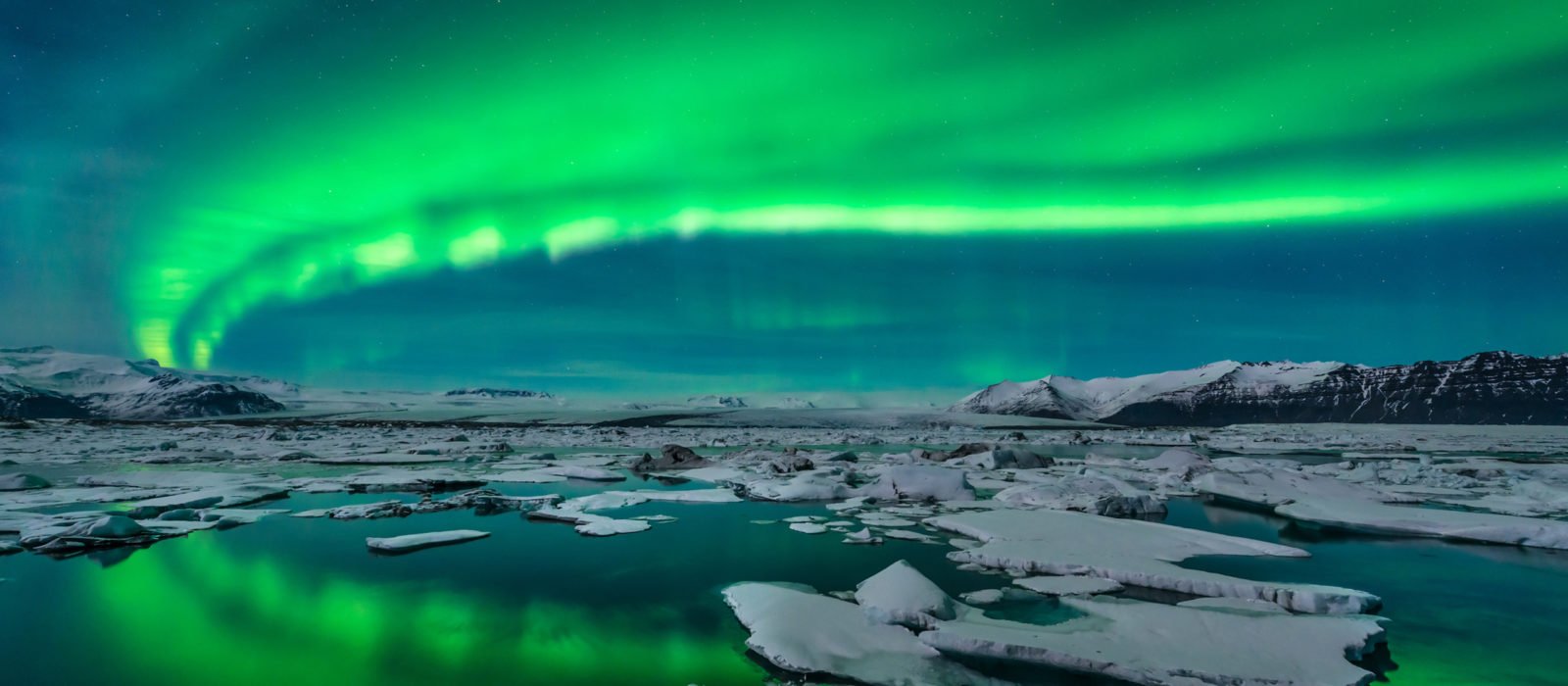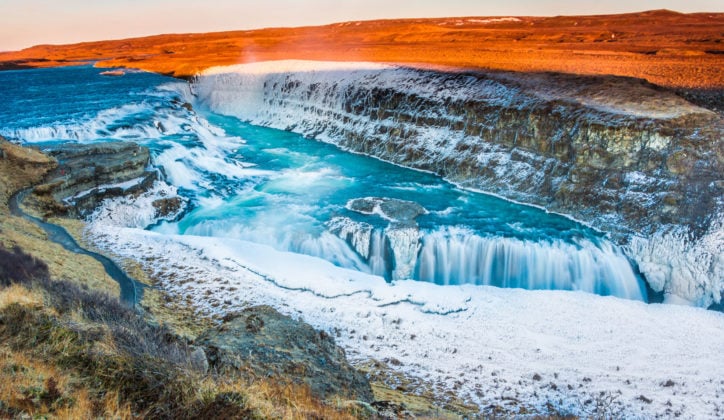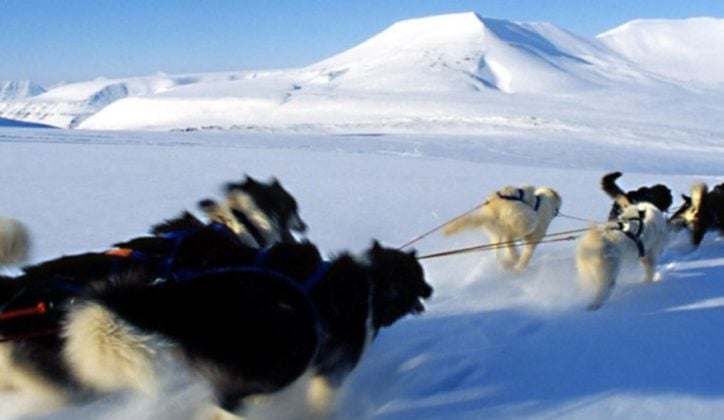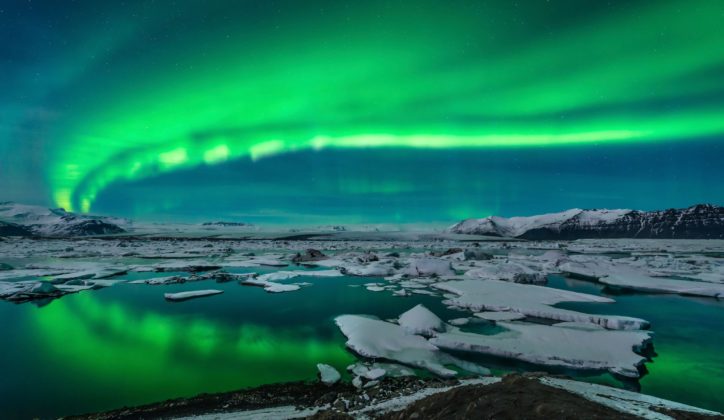Published on: October 31st, 2017
Last modified: March 21st, 2024
Seeing the northern lights is a bucket list item for many and Iceland, with its dramatic landscapes, lava fields and volcanoes, is an excellent place to realise this dream. In this guide we look at when and where to go, where to stay and how to see the northern lights in Iceland.
Winter is the best time for spotting the aurora. To maximise your chances, visit between early September and late April, with December having the longest nights. Whichever month you choose, head out of town and away from light pollution to places like Thingvellir National Park to increase your chances.
Where to go in Iceland to See the Northern Lights
Among the best places to visit if seeing the northern lights is on your wishlist is the volcanic Northern Iceland with its breathtaking landscapes. However, there are many places across the country to consider. Bear in mind that, while they have a lot to offer in terms of culture and entertainment, cities like Reykjavik won’t offer you encounters with the aurora, due to light pollution.
Once you’ve had your fill of city life, head to the east to Jökulsárlón glacier lagoon near Vatnajökull National Park. Here, the stunning glacial surroundings make the perfect companion to the dancing northern lights, should you be fortunate enough to see them. One of our favourite spots is Torfhús Retreat where you can relax in your own geothermically heated pool as you gaze up at the skies. But Iceland has no shortage of special places from which to look for the northern lights:
Northern Iceland
In the north of the country, in a remote valley in the Troll Peninsula, you’ll find the luxurious Deplar Farm. Your days will be filled with heli-skiing, snowmobiling and learning about Icelandic culture, while the nights are for wrapping up warm and keeping your eyes on the sky.
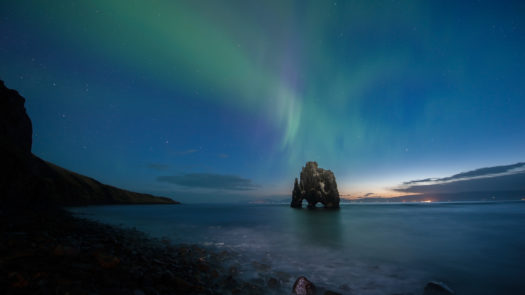
Southern Iceland
Towards the south of the country, deep in the highlands lies Hotel Husafell a comfortable place to escape to for snowy adventures and northern lights hunting. If you’re spending most of your time in Reykjavik, you can head out on boat trips, but not far outside the city Þingvellir National Park also gives you a decent chance to spot the lights. The log-cabin Ranga Hotel has an observation deck that is great for stargazing, but also perfect for spotting the aurora. Reynisfjara black sand beach near Vik boasts dramatic views and is well-worth the visit whether you’re hoping to see the spectacular light phenomenon or not.
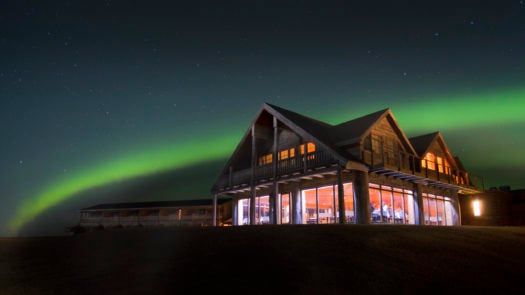
How to See the Northern Lights in Iceland
Getting to see the northern lights in person is a truly special experience, and how you choose to do so only adds it. You may find you need to head out into a more remote area to better your chances of seeing them, and depending on where you find yourself, that may be on foot, snowmobile or even a cruise.
1. Walking Northern Lights Tour
Step into some snow shoes and head out on foot through stunning otherworldly landscapes in the hopes of witnessing the northern lights painting the skies. This is the perfect way to fully appreciate your surroundings and feel thoroughly immersed in the experience.
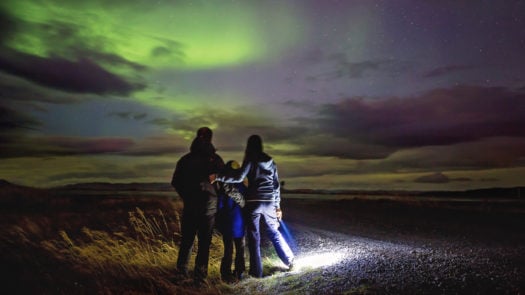
2. Snowmobile Northern Lights Tour
Pick up the pace and chase the lights together with an experienced guide. Find yourself whizzing out into the snowy countryside in the fresh night air, hoping for perfect viewing conditions.
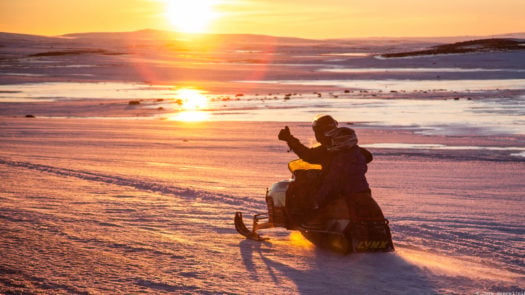
3. Northern Lights Cruise
Take a cruise along the coastline in a vessel like the Harpa Yacht, enjoying not only the city lights, but also heading further out to gaze into the starry night sky and wait for the northern lights to appear. On board there’s plenty of information about this phenomenon, and you also have the benefit of ensuring you’re away from the crowds for this special experience.
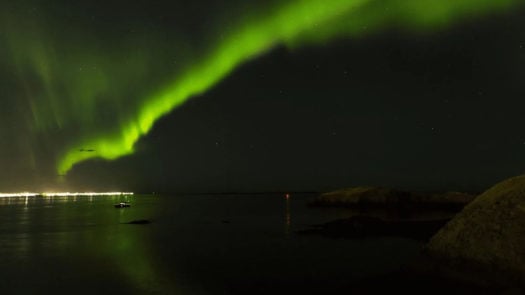
Places to Stay in Iceland to See the Northern Lights
Whether you’re looking for a homely apartment, a cosy Icelandic cottage or an opulent turf-roofed lodge, Iceland offers a variety of accommodation choices. We’ll find the perfect place for you to call home while exploring this incredible country. Here are some of our favourite options that are great for spotting the northern lights:
1. Hotel Grimsborgir (Golden Circle)
Settle into a deluxe chalet-style apartment with views of the snowy mountains. When you’re not out on glacier hikes or horseback rides through the countryside, relax in the hot tub on your private terrace while keeping an eye on the night skies.
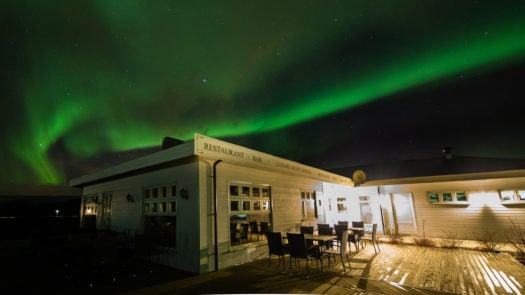
2. Torfhús Retreat (Golden Circle)
When looking for the aurora, remote is best, and this snug hideaway is as far from city life as you could hope for. Located near the Golden Circle, the rugged scenery here makes for the perfect backdrop for the northern lights.
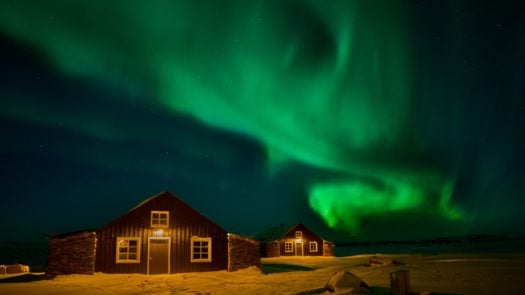
3. Deplar Farm (North Iceland)
In a remote valley in the middle of the Troll Peninsula, Deplar Farm is a luxurious lodge which offers incredible landscapes and thrilling activities year round. End your days under the glow of the northern lights with a little luck.
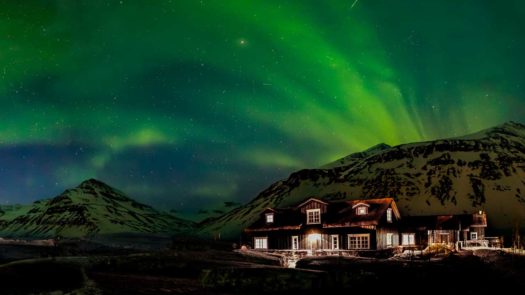
Northern Lights Forecasts for Iceland
It’s important to remember that the northern lights can be unpredictable and are completely dependent on the perfect weather conditions. In addition to pairing up with knowledgeable local guides, it’s a good idea to keep a close eye on northern lights forecasts to maximise your chances of seeing them.
Our Favourite Trips to Iceland to See the Northern Lights
Where else to see the Northern Lights?
Norway
Just above the Arctic Circle, Norwegian Lapland is the best place to see the northern lights in Norway. Aim for when the nights are long and dark between October and March.
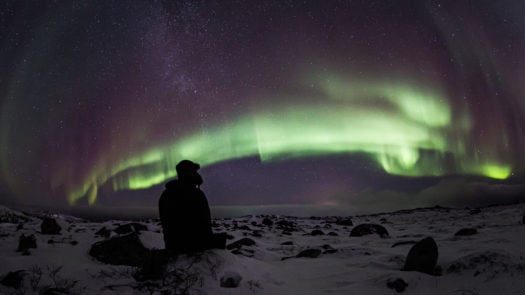
Sweden
The best time to visit Sweden for a glimpse of the aurora borealis is from November to February, with the town of Abisko offering the clearest weather as a rule.
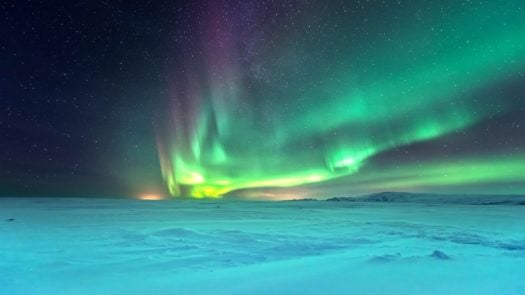
Finland
Finnish Lapland is a beautiful and largely unspoiled wonderland where the skies are often illuminated by the northern lights during long winter nights.
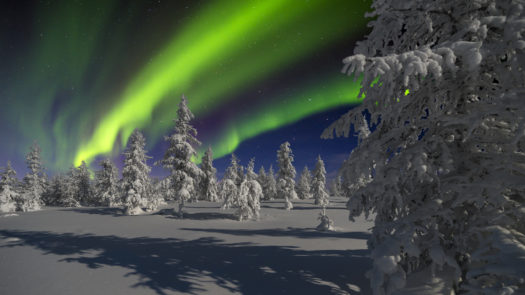
Start planning your perfect journey to see the northern lights in Iceland. Get in touch with our expert travel designers today.
